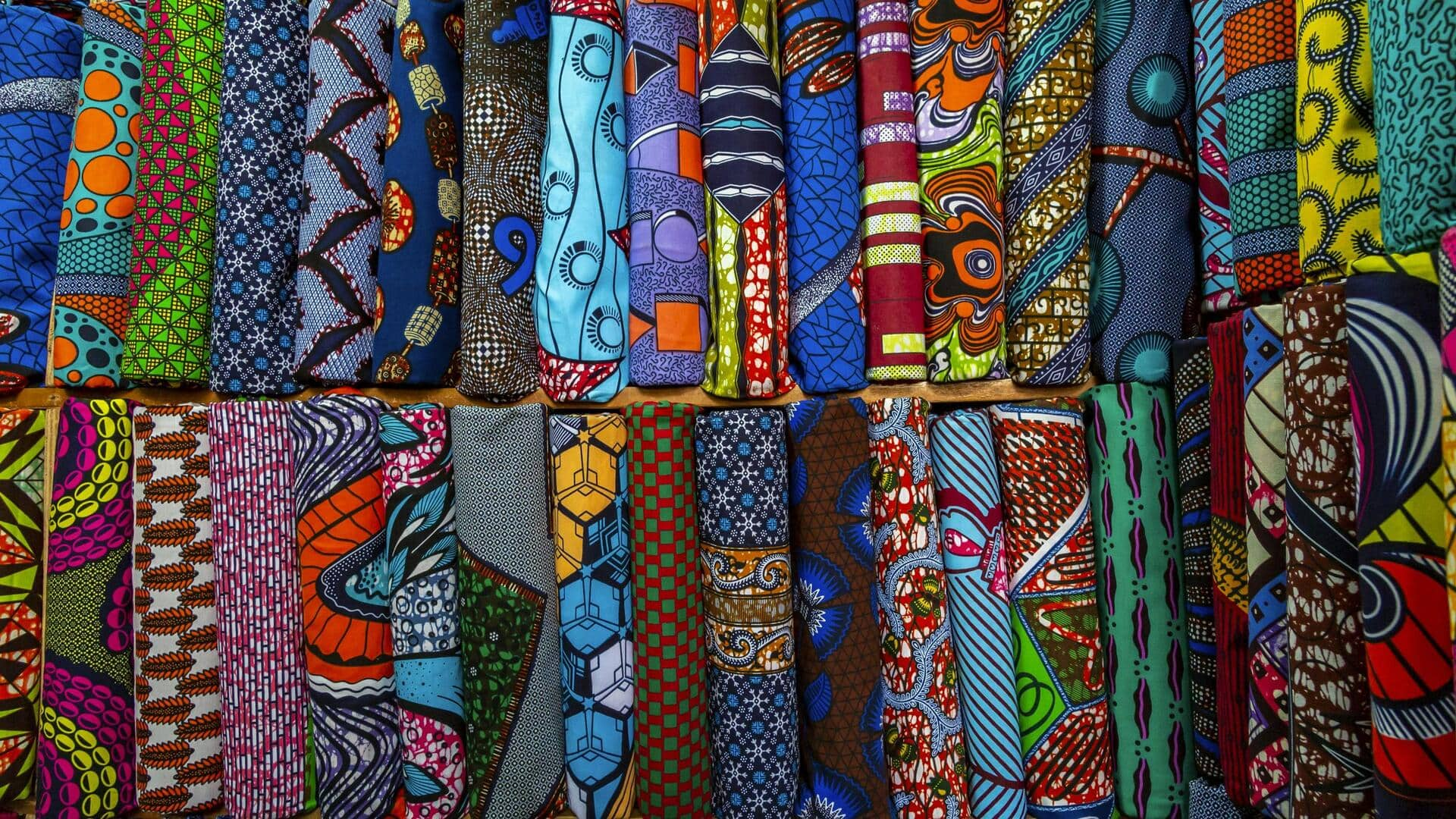
How Yoruba batik is redefining contemporary fashion
What's the story
Yoruba batik, a traditional African textile art, is witnessing a modern revival. The intricate designs and vibrant colors of Yoruba batik are being reimagined by contemporary designers. They are infusing the age-old craft with fresh perspectives. This fusion creates unique pieces that resonate with today's fashion sensibilities while honoring cultural heritage. The revival not only preserves this art form but also showcases its versatility in modern fashion.
#1
Fusion of tradition and modernity
Contemporary designers are seamlessly blending traditional Yoruba batik techniques with modern fashion trends. By incorporating minimalist silhouettes and sleek lines, they make the vibrant patterns of batik more appealing to a wider audience. This fusion allows for the preservation of cultural significance, while catering to the tastes of modern consumers who appreciate both heritage and innovation.
#2
Sustainable fashion influence
The resurgence of Yoruba batik also aligns with the growing demand for sustainable fashion choices. Batik's natural dyeing process and use of locally sourced materials contribute to eco-friendly practices in the fashion industry. Designers emphasize sustainability by promoting these textiles as an alternative to mass-produced garments, appealing to environmentally conscious consumers.
#3
Global influence on local art
As Yoruba batik gains international recognition, it influences global fashion trends. Designers worldwide draw inspiration from its bold patterns and rich colors, integrating them into their collections. This global influence not only elevates the profile of Yoruba batik but also encourages local artisans to innovate within their craft, ensuring its relevance on the global stage.
Tip 1
Empowering local artisans
The modern revival of Yoruba batik also empowers local artisans by providing them with new opportunities for collaboration with contemporary designers. These partnerships often lead to skill development and increased income for artisans who create these sought-after pieces. By connecting traditional craftsmanship with modern design, these collaborations help sustain livelihoods while promoting cultural heritage.